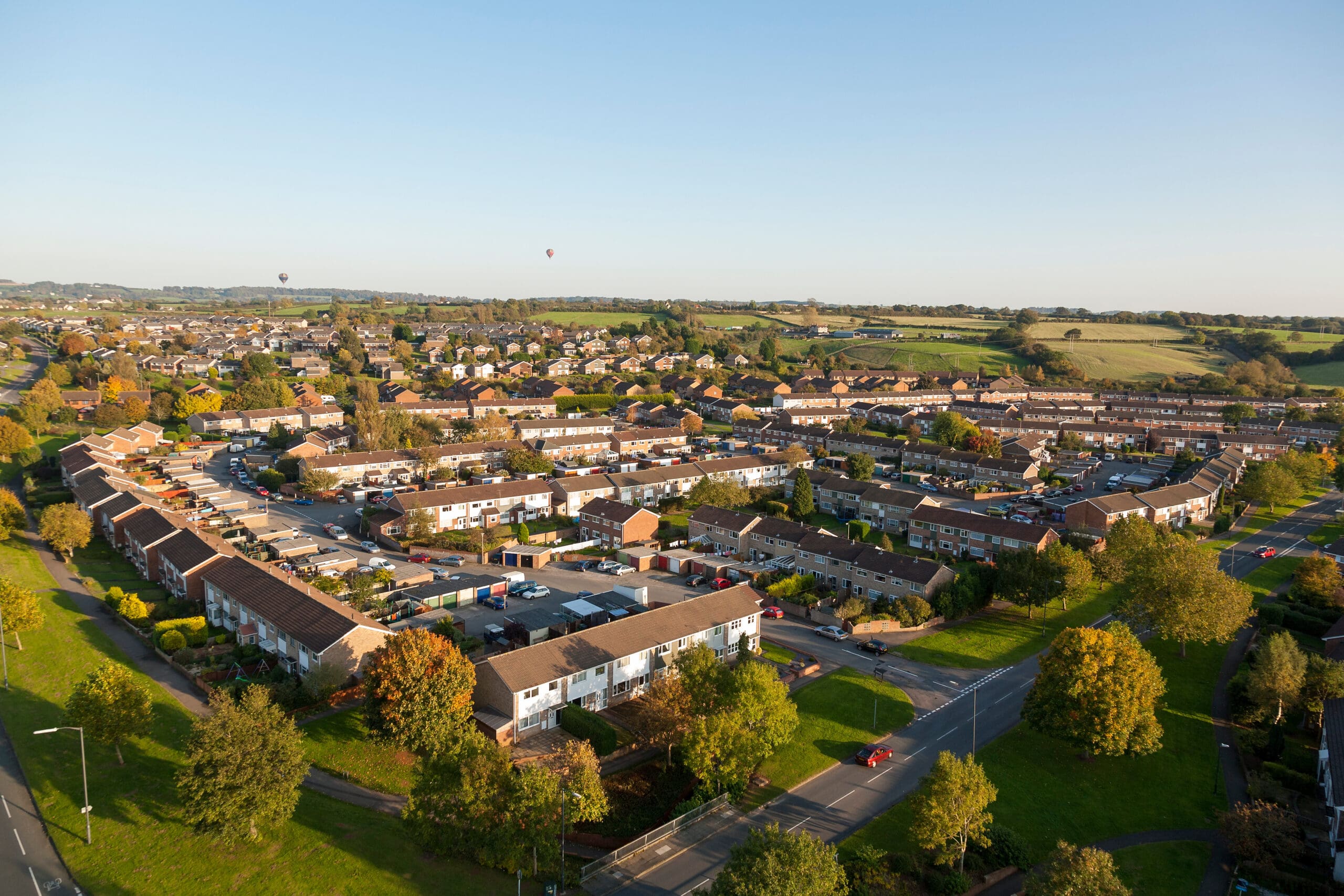
Headstones in Yate

L. W. Clutterbuck Ltd
Different Types of Stone Used for Memorials
Choosing the right material for a memorial is a significant decision, as it affects the durability, appearance, and grave maintenance involved in keeping the tribute looking respectable as time rolls by. At Clutterbuck Memorial Masons, we understand that selecting a stone that best represents your loved one is an important part of the memorial process. That’s why here, our expert memorial masons have compiled a detailed guide for Yate residents. The the aim is to help you understand the various types of stone used for headstones, cremation memorials, and stone restorations, ensuring that your choice meets your expectations and lasts for generations.
Granite – The Most Popular Choice
Granite is one of the most widely used materials for headstones and cremation memorials due to its durability, versatility, and range of colours. This natural stone is exceptionally hardwearing and resistant to weathering, making it an ideal choice for long-term memorials that don’t require too much in the way of grave maintenance, or regular stone restorations.
- Available in various shades, including black, grey, blue, and even red.
- Highly resistant to environmental elements, ensuring longevity.
- Can be polished to a high sheen or left with a natural, rustic finish.
- Suitable for intricate engravings, etchings, and laser-cut designs.
Granite requires minimal grave maintenance and is often a preferred choice of Yate residents due to its sleek appearance and durability.
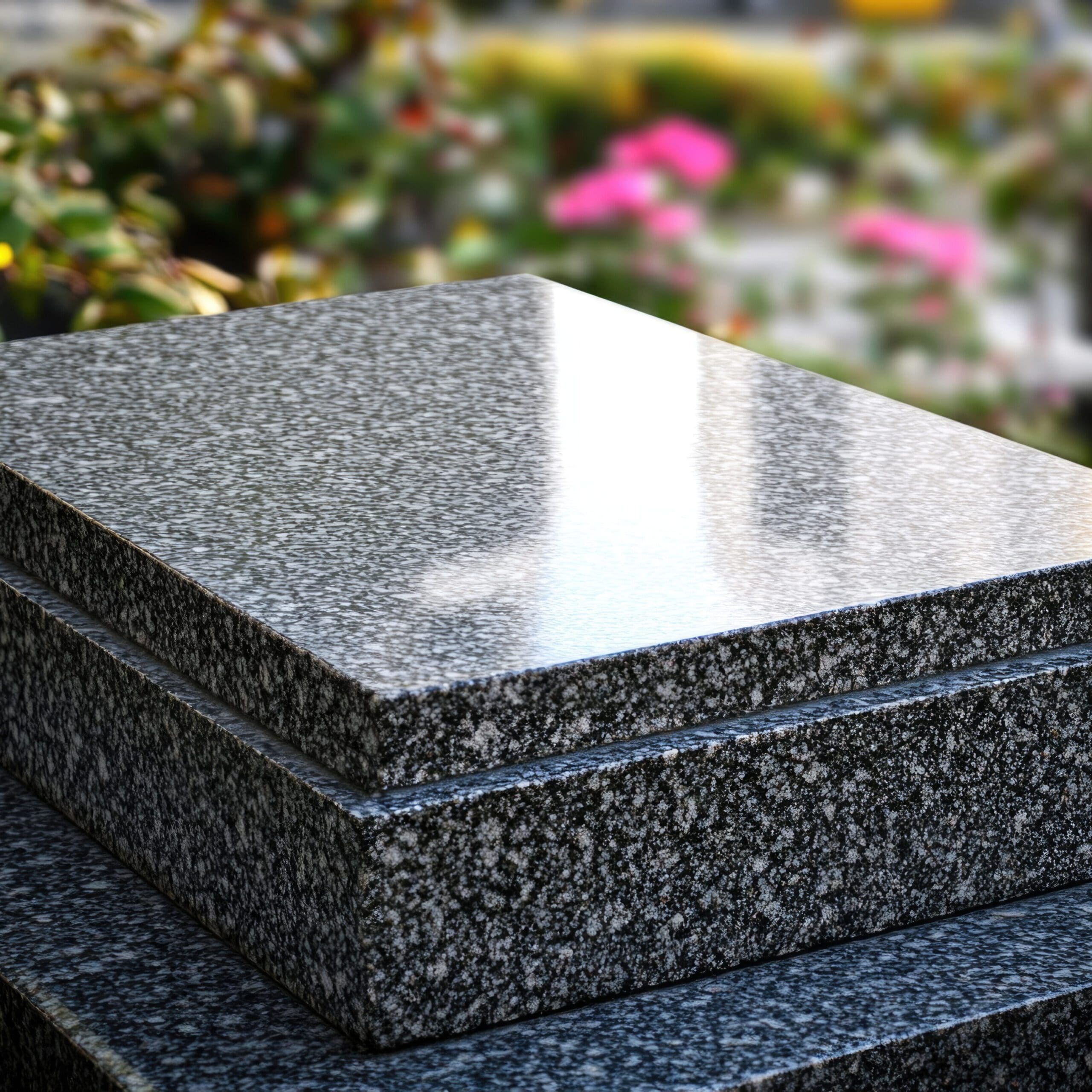
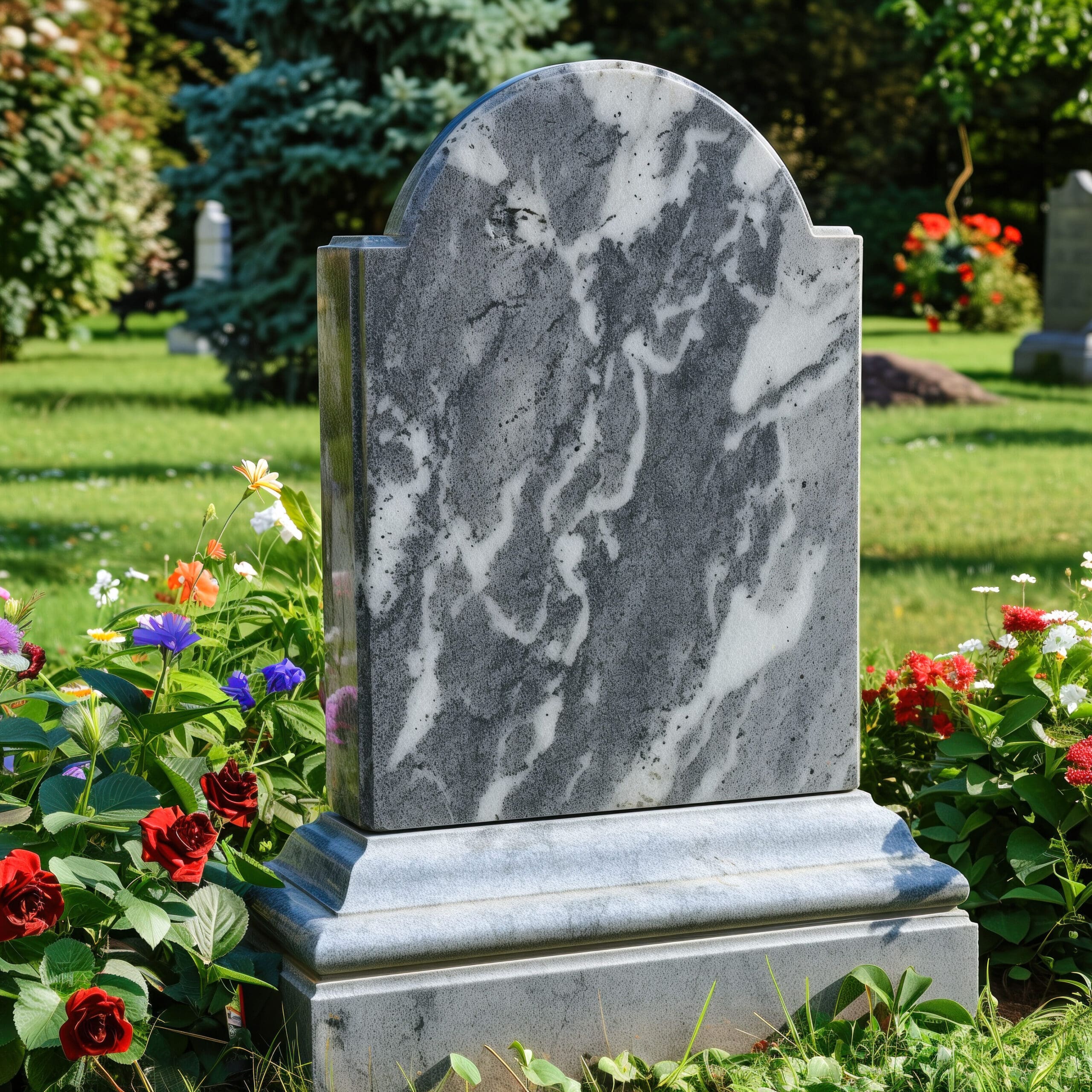
Marble – Elegant but Delicate
Marble is renowned for its smooth texture and classic white or blue-grey veining, which adds a touch of elegance to headstones and cremation memorials. However, it is a softer stone compared to granite, making it more susceptible to weathering over time, and the eventual need for professional stone restorations.
- Features a striking aesthetic that is often associated with traditional memorials.
- Allows for deep, crisp engraving, though lettering may fade more quickly.
- More prone to erosion in damp or polluted environments, requiring occasional maintenance.
While marble offers a refined and timeless appearance, our Yate memorial masons recommend it for locations with moderate weather conditions and where regular grave maintenance is possible.
Limestone – A Traditional Memorial Material
Limestone has been used for centuries for headstones and cremation memorials due to its natural, warm appearance and workability. However, as a softer stone, it requires more care than granite.
- Commonly used in churchyards and older cemeteries, offering a traditional look.
- Has a smooth, matte finish, making it easy to carve inscriptions and decorative elements.
- More vulnerable to erosion, particularly in areas with high rainfall or pollution.
Limestone is a good choice for those looking for a historic or understated memorial but should be subject to regular grave maintenance with appropriate care, including occasional stone restorations, to prevent deterioration.
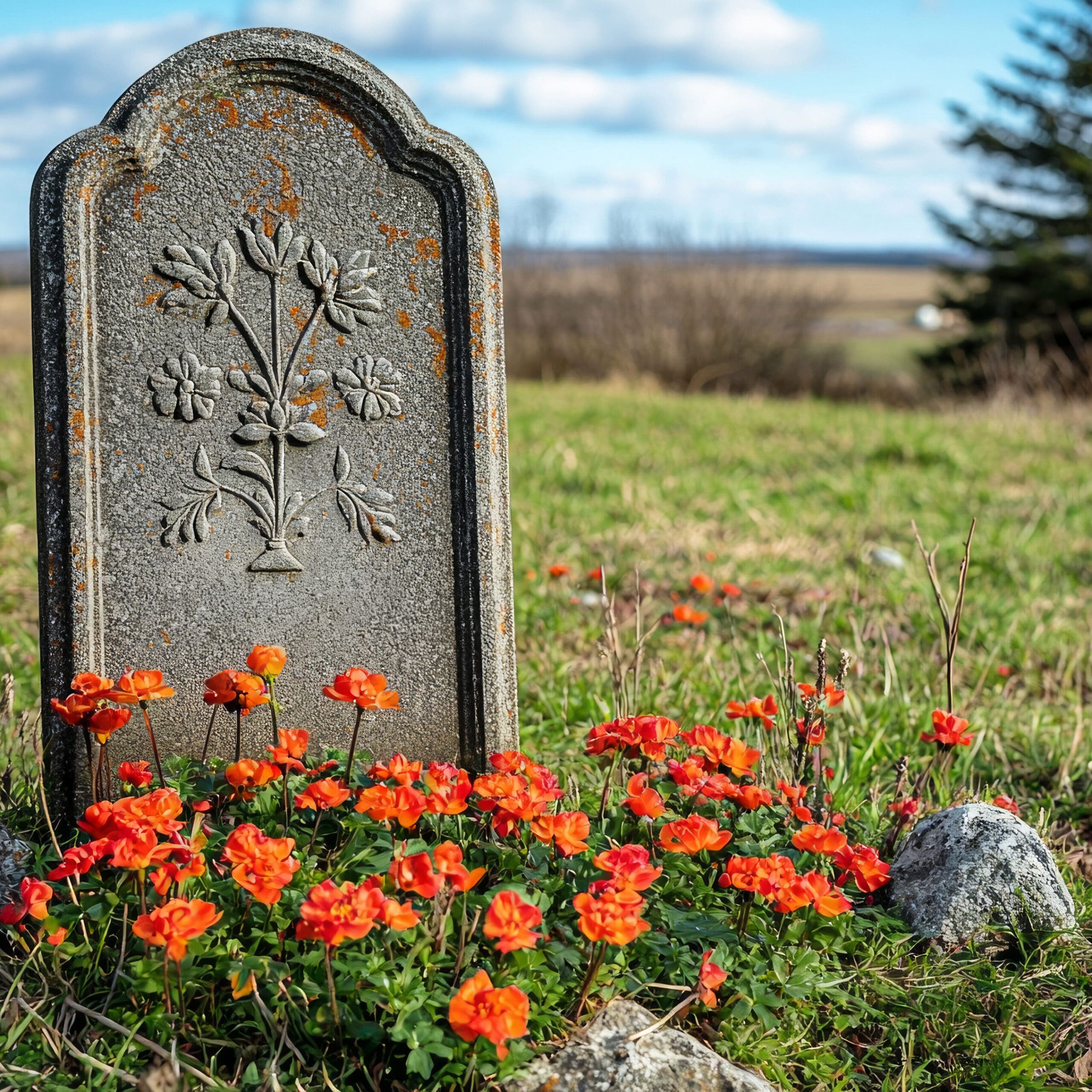
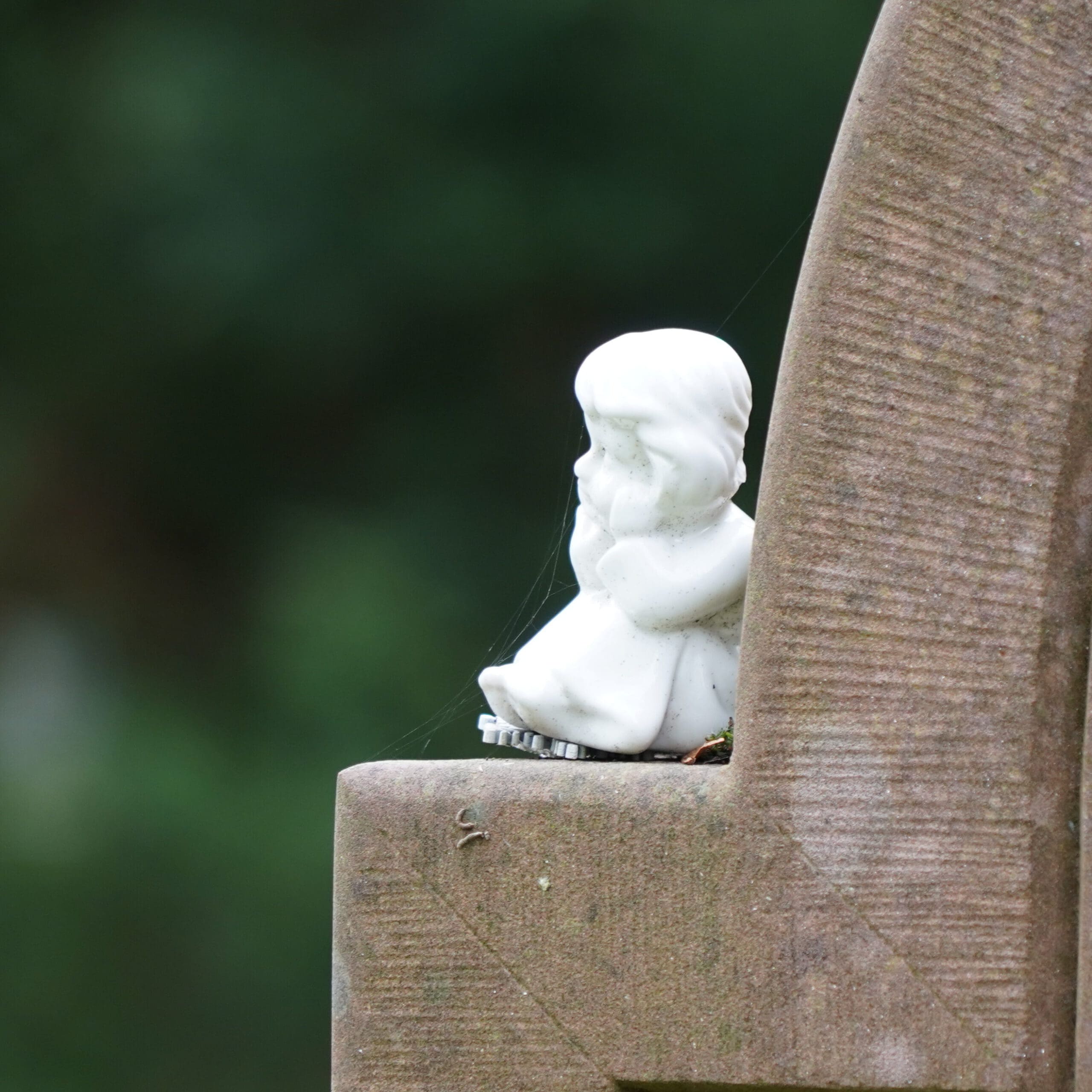
Sandstone – Rustic and Natural
Sandstone is another traditional material with a natural and textured appearance that weathers gracefully over time. Our memorial masons often find it’s chosen for its rustic charm and unique grain patterns.
- Available in warm tones, including beige, brown, and red.
- Offers a soft, natural look that blends well with traditional and rural cemeteries.
- Can be carved with intricate details but is more prone to weathering.
For those seeking a memorial that naturally ages and softens in appearance, sandstone can be an appealing choice.
Slate – Timeless and Distinctive
Slate is a fine-grained stone that has been used for memorials for centuries. It offers a unique and timeless appearance with its deep grey or blue tones and smooth surface.
- Naturally resistant to moisture, making it suitable for the UK climate.
- Provides excellent contrast for inscriptions, making lettering easy to read.
- Available in a variety of finishes, from honed to riven textures.
Slate’s natural beauty and durability make it a strong contender for those looking for a memorial with a distinctive character.
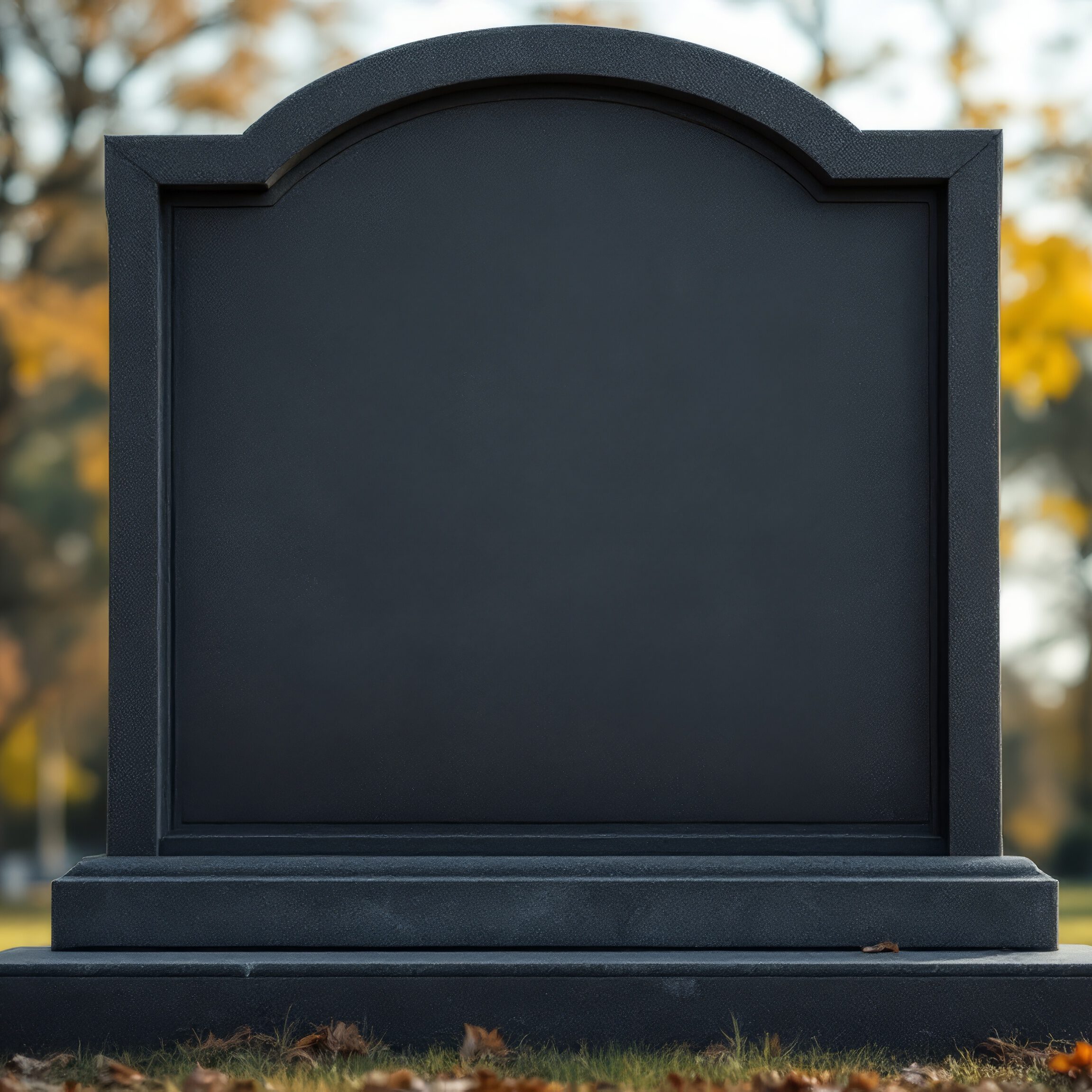
Choosing the Right Stone for Stone Restorations
When considering stone restorations, the choice of material is equally important. If you are restoring an older headstone or cremation memorial, it is crucial to match the original stone type to maintain historical accuracy and structural integrity. Our skilled memorial masons specialise in restoring headstones and cremation memorials in and around the Yate area, ensuring that weathered inscriptions are redefined, and structural repairs maintain the monument’s longevity.
Factors to Consider When Selecting Memorial Stone
Before deciding on a material, consider the following factors:
- Location & Climate: Some stones withstand harsh weather better than others.
- Maintenance Requirements: Certain materials, such as granite, require less upkeep compared to limestone or sandstone.
- Aesthetic Preferences: The colour, texture, and finish should reflect personal taste and complement the setting.
- Cemetery Regulations: Many burial sites have specific rules regarding permitted materials and designs.
Final Thoughts
Selecting the right stone for a memorial is a deeply personal decision, balancing aesthetics, durability, and tradition. At Clutterbuck Memorial Masons, we guide Yate families through this process with compassion and expertise, ensuring that headstones, cremation memorials, grave maintenance services, and restoration projects help reflect the memory of a loved one with lasting beauty and significance. To speak with our team, call 01453 542754 or simply pay us a visit.
